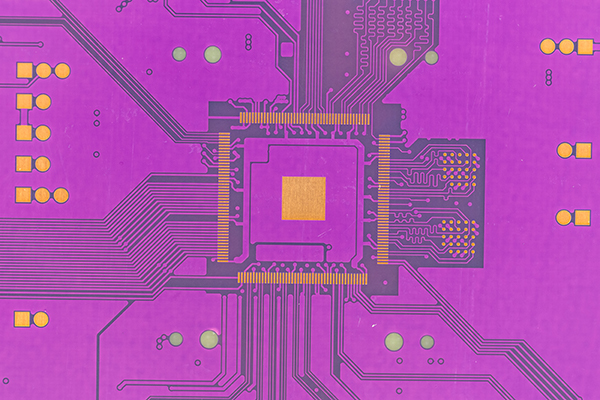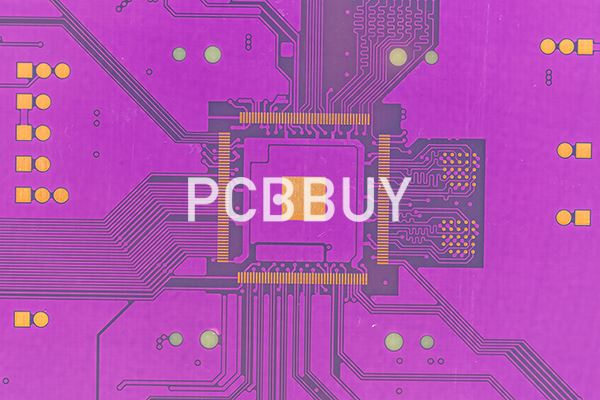What Are the Advantages of Arduino PCB?
By:PCBBUY 03/22/2024 15:26

Arduino PCBs have become popular due to the growing demands in the electronics industry. The Arduino is distinct from other programmable boards as it doesn’t require a separate piece of hardware to input new code onto the board. Furthermore, the Arduino software (Integrated Development Environment) utilizes a version of C++ which makes it easy to learn programs.
For production purposes, it only takes a few hours to build an actual circuit board. You have power over the components used based on how many of them you wish to include. Furthermore, you can Additional debugging/test/expansion pins to use them afterward. However, the Arduino circuit boards do allow you to build projects all on your own. In the other case, you need to contact a PCB manufacturer.
If you want to order PCB product, please check and custom your order online.

What Are the Advantages of Arduino PCB?
Arduino circuit boards are more durable and dependable for making simple to complex projects. The blue-colored board already comes with soldered input and output ports. Arduino PCB helps you design and construct most electronic projects. This circuit board has its own advantages.
Reliability: Arduino circuit boards are more reliable for designing both simple and complex electronic projects. This board already features soldered output and input ports. When using it you don’t have to worry about the solder wearing off.
Cost-effective: Arduino boards are cost-effective options. They are relatively low-priced compared to other microcontrollers. The pre-assembled Arduino modules go for less than $50. You can assemble the cheapest version of the Arduino module by hand.
Ready to use: Arduino PCB board is simple and ready to use. This circuit board is a complete package that contains an oscillator, a serial communication interface, a burner, LED, micro-controller, and 5V regulator. With these components, you don’t need to think about the connection for programming. All you just do is plug it into your computer’s USB port, voila!
User-friendly: This is one of the benefits that distinguish this board from other circuit boards. The Arduino software is user-friendly for beginners and experts. This board features a clear programming environment that allows students to get familiar with how the software works. You don’t need to acquire much knowledge to start.
How to process Arduino PCB?
There are three massive reasons why you might wish to consider using Arduino for your product prototype and to create a PCB. The first reason is that Arduinos are designed to be very easy to use. Ease of use is vitally important for your entire product development lifecycle, regardless of how large or small your project is in scope. Ease of use will help to keep your costs down, and to minimize technical problems.
First, disassemble the entire circuit, use your electronic software diagram and perform the assembly. If the project works, it means that the layout was designed correctly.
In addition, ensure a good organization in the structure of your layout. Always indicate the components with their respective names and values, use observation notes, and organize the regions of the electronic scheme by function blocks.
This will help you understand the functionality of each block and have an overview of your project organization.
Always remember, the organization of the layout of the electronic diagram is fundamental for the stage of design a PCB.
What are the considerations of prototyping Arduino PCB?
After you’re satisfied with the architecture of your prototype, the next natural step is to consider the actual PCB (printed circuit board). As you may be aware, the open-source nature of Arduino grants you easy access to the schematic design for your board and any Arduino shields. However, there’s a very good chance that you’ll need to adjust your PCB per your own prototype’s unique design, function, and specifications.
When you’re designing your PCB, always ask yourself what unique specifications can help to make or break an ideal design? How are your end-users going to use the device, and what nuances might affect performance? Pay very close attention to which, if any, Arduino shields require special accommodations, such as location or position.
For example, if your prototype uses any Wi-Fi or GPS antenna, then make sure that you place the shields so your device can get the ideal connectivity! If your prototype requires the use of an LCD, then be sure that your LCD is in the ideal location so your end-user can get easy access! If your prototype measures the temperature or requires any input from the end-user, plan for this so that your PCB design is optimal and practical.
Wanna know PCB knowledge? Check and read for more.
Industry Category











